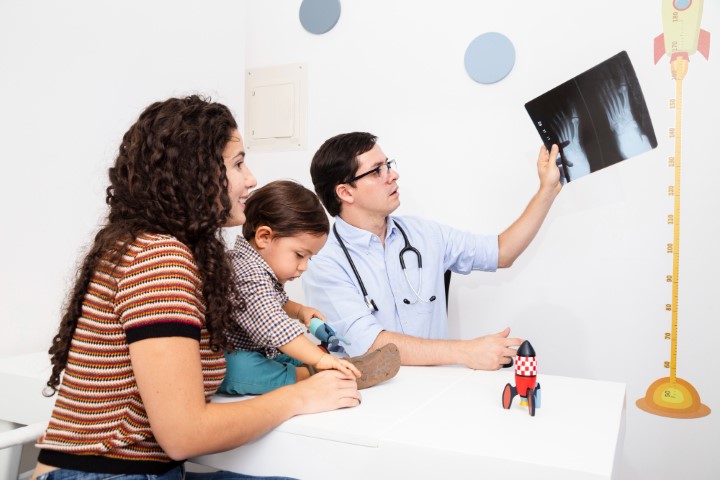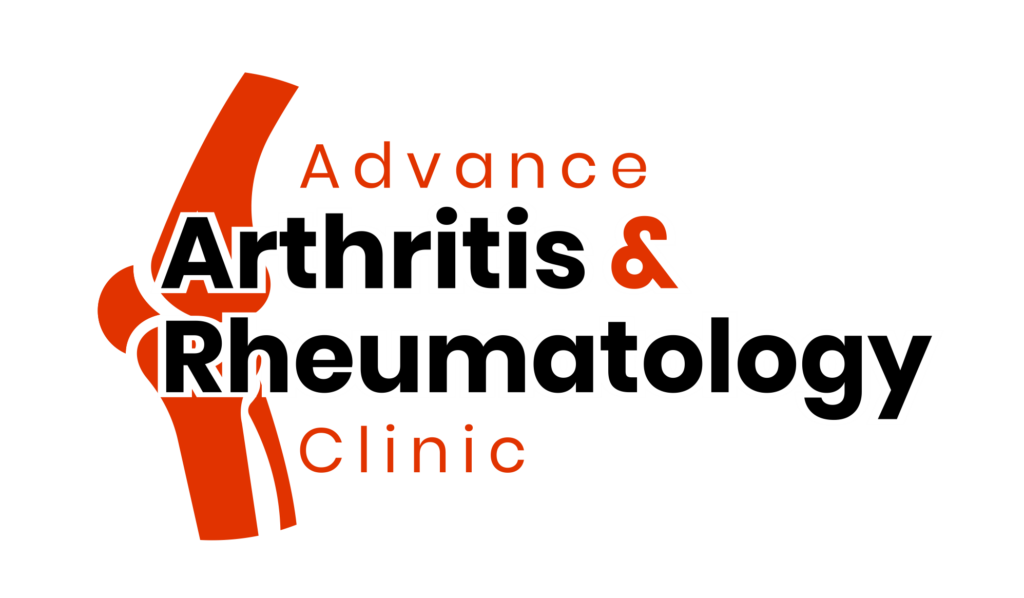Pediatric Rheumatology
Pediatric Rheumatology
Pediatric Rheumatology focuses on the diagnosis and treatment of rheumatic diseases in children. It specializes in managing conditions such as juvenile arthritis, lupus, and other autoimmune disorders. Pediatric Rheumatologists provide comprehensive care to improve the quality of life for young patients by addressing their unique needs and ensuring appropriate treatment plans.


Symptoms
-
Joint pain and swelling: Children may experience pain, swelling, or tenderness in one or more joints.
-
Joint stiffness: Stiffness, particularly in the morning or after periods of rest, that lasts for at least one hour.
-
Joint redness and warmth: Inflammation in the joints can cause redness and warmth to the touch.
-
Fever: Persistent or recurrent fevers without any clear cause.
-
Rash: Unexplained skin rash or changes in the skin.
-
Fatigue: Chronic fatigue or excessive tiredness.
-
Limp or difficulty walking: Children may have a limp or difficulty with certain movements due to joint problems.
-
Delayed growth: Slowed or delayed growth and development compared to peers.
-
Eye problems: Inflammation in the eyes, including redness, pain, or sensitivity to light.
-
Mouth sores: Recurrent sores or ulcers in the mouth.
Treatment
Treatment of Pediatric Rheumatology focuses on managing symptoms, reducing inflammation, and improving overall well-being. It may include medications like nonsteroidal anti-inflammatory drugs (NSAIDs), disease-modifying antirheumatic drugs (DMARDs), and biological therapies. Physical therapy, occupational therapy, and assistive devices can help improve joint function and mobility. The treatment plan is tailored to the child’s specific condition and needs, with regular monitoring and follow-up to ensure optimal care.
